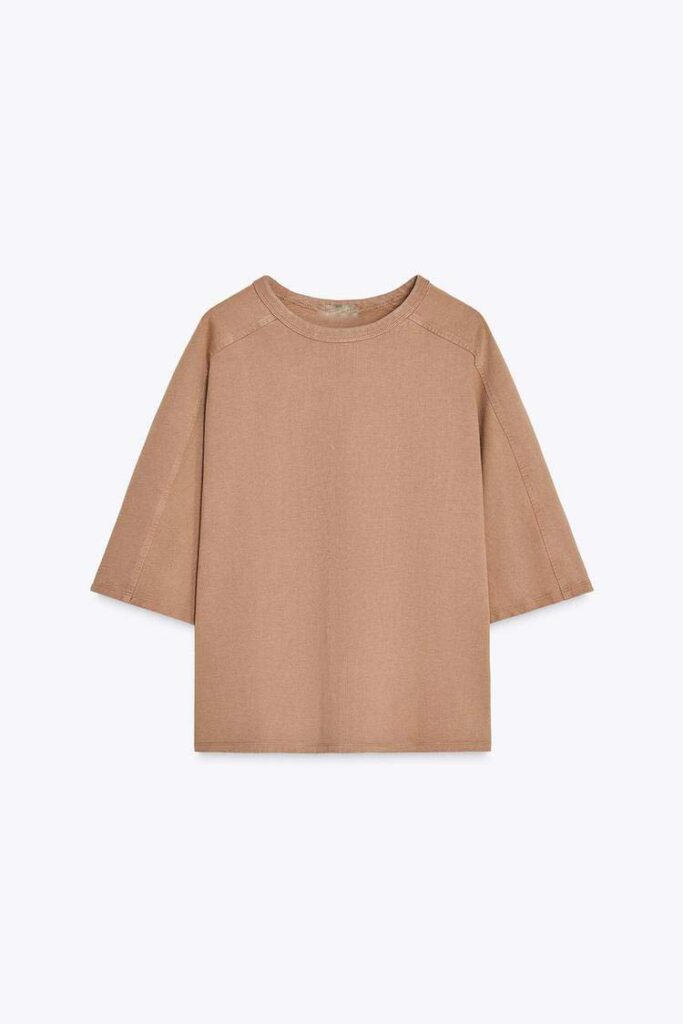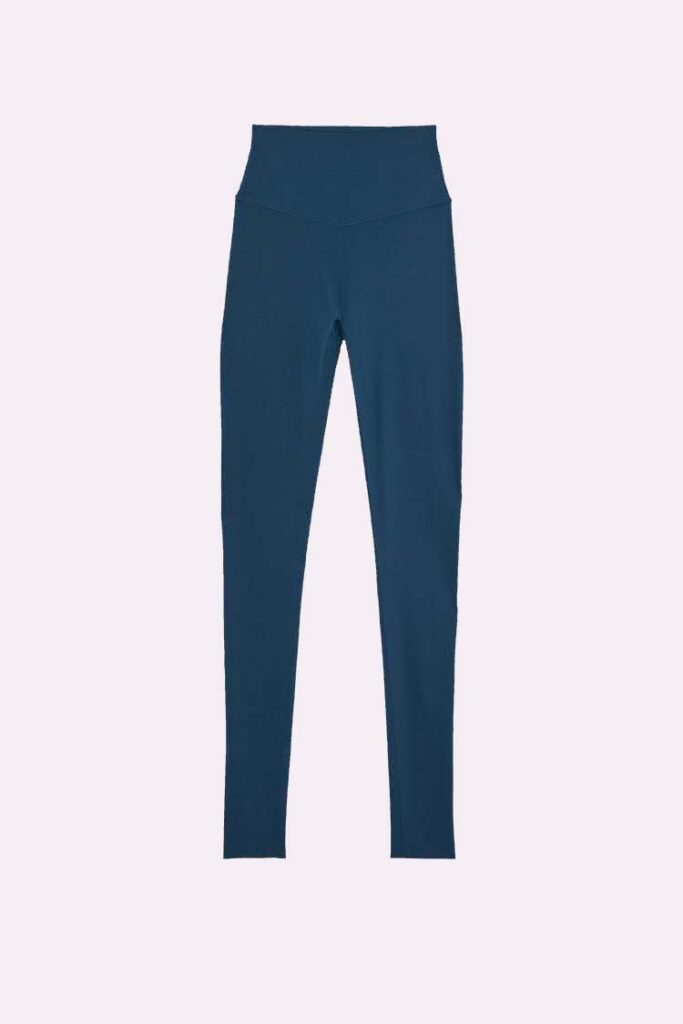Description of Women’s Trousers
Women’s trousers are available in a variety of styles, shapes, and materials. They’re made for comfort, function, and fashion. Whether for work, a night out, or lounging at home, there’s a pair for every need.
What Are Trousers?
Trousers are a type of clothing worn on the lower body. They have two legs and are worn from the waist to the ankles. Some call them “pants,” especially in the U.S. This type of clothing is designed for the lower body, and in the U.K., the term ‘trousers’ is predominantly used.
Common Styles
Each style has a different look and fit. Some are loose. Others are tight. Here are some popular types:
1. Straight-Leg
These have the same width from thigh to ankle. They give a clean, simple look. They work well for most body types.
2. Skinny
These fit close to the leg, from hip to ankle. They often stretch, so they move with you. They’re common in casual or dressy outfits.
3. Wide-Leg
These are loose from the hip down. Some flare out more at the bottom. They can feel breezy and look stylish.
4. Bootcut
These are slim through the thigh but wider at the ankle. They’re made to fit over boots. Many wear them with heels or boots to look taller.
5. Tapered
Typically, they are broader at the waist and taper towards the ankles. They often have a relaxed fit through the hip and thigh.
6. Joggers
Joggers have a drawstring waist and cuffed ankles. They offer comfort and softness, making them ideal for relaxation or informal occasions.
7. Culottes
These look like skirts but are pants. They’re wide and often end mid-calf. They’re breezy and good for warm weather.
8. Cargo
These have big pockets on the sides. They were made for function but are now a fashion item too.
9. Palazzo
These are very wide-leg trousers, often made from light fabric. They flow with each step.
10. Leggings
Though not trousers in a strict sense, many wear them like pants. They’re tight and stretch to fit your shape.
Fabric Choices
Fabric changes the way trousers feel and look. Here are a few common types:
- Cotton: Soft and breathable. Good for everyday wear.
- Denim: A strong cotton fabric. Used in jeans.
- Linen: Light and airy. Great for hot days.
- Polyester: Smooth and durable. Holds shape well.
- Wool: Warm and cozy. Often used in dress trousers.
- Spandex or Lycra: Added for stretch. Often mixed with other fabrics.
Fit and Waist Styles
How trousers fit makes a big difference. Waist height is one key part.
- High-rise: Sits above the belly button. Gives shape and lengthens the legs.
- Mid-rise: Sits between the hips and belly button. A common, comfy fit.
- Low-rise: Sits low on the hips. Popular in some fashion trends.
Waistbands may have buttons, zippers, ties, or elastic. Some are smooth; others are gathered.
Trousers for Different Occasions
Different trousers work for different times.
Work
For work, many choose tailored trousers. These often have a straight or tapered leg. They’re made from wool, polyester, or blends. They pair well with blouses or blazers.
Casual
Jeans, joggers, or cargo trousers are good for casual days. They’re easy to wear and go with many tops.
Formal
For events or nights out, wide-leg or palazzo pants look great. Black or dark colors add a dressy feel. Some have shiny fabric or small details like pleats or belts.
Active
Joggers, leggings, or stretchy trousers are great for movement. They’re often worn at the gym or while running errands.
Pockets and Extras
Pockets can change the look and use of trousers. Some have front and back pockets. Some are flat. Others have flaps or buttons. Some styles skip pockets for a smooth shape.
Belts, pleats, zippers, cuffs, and ties add detail. They help with fit or add style.
Trousers for All Seasons
Trousers can be worn year-round. Light cotton or linen is good for summer. Wool or lined trousers are better for winter. Some trousers are made for rain or wind, with water-resistant fabric.
Choosing the Right Pair
Pick trousers based on where you’ll wear them, what you’ll do, and what makes you feel good. Experimenting with different cuts can help you find the most flattering fit for your body. Comfort matters just as much as style.


